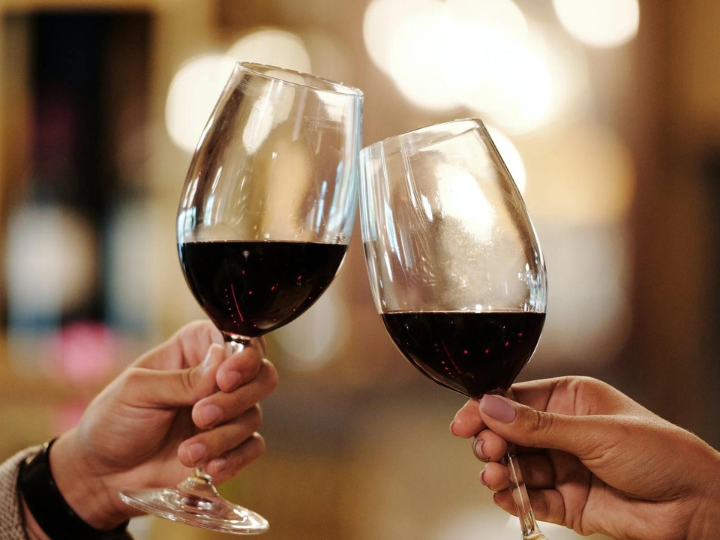From declining attendance to dwindling donations, many museums are still struggling to recover from the COVID-19 pandemic. As these cultural institutions look for alternative revenue sources, researchers at the University of Houston’s Conrad N. Hilton College of Global Hospitality Leadership say pairing fine art with fine wine can be an impactful income generator.

“We know museums are upgrading their dining experiences to get more people to visit, and wine is a big part of that experience,” said Chris Taylor, associate professor and director of the Beverage Management Program and Fred Parks Wine Cellar at Hilton College.
Taylor surveyed nearly 400 people who had dined at a museum restaurant in the past year and ordered wine. The results, published in the Journal of Foodservice Business Research, found that a curated wine program at a museum restaurant can enhance visitor engagement, serve as an extension of the cultural immersion experience and provide a higher profit margin.
“While a wine program won’t necessarily get people into the museum, they are much more likely to order wine if it’s available in the restaurant,” Taylor said. “And that provides another lucrative revenue stream.”
The vast majority of museums are 501(c)(3) nonprofit organizations that rely mainly on public funding, donations and membership fees to operate. But like many other entities, museums were hard hit by the pandemic. According to the American Alliance of Museums, attendance is down 38% from pre-pandemic levels and nearly two-thirds of museums reported financial losses averaging $800,000 per year.
“It’s important for museums to figure out a way to create a better experience for the patrons, especially younger adults who aren’t visiting the way older adults are,” said Taylor. “A big part of that is the dining experience and the beverages they offer.”
Increasingly museums are ditching no frills, basic food offerings for visitors to more stylish restaurants helmed by award-winning chefs such as Wolfgang Puck. Two years ago, Houston’s Museum of Fine Arts opened “Le Jardinier,” widely considered the best museum restaurant in Texas and one of the best in the country, which features a high-end wine selection, including several bottles priced around $12,000. Taylor says it’s all about building a culture that helps the bottom line.
“It’s an opportunity for the restaurant, and the museum, to grow revenue through wine sales,” Taylor said. “It makes sense to build a quality wine program because the typical museum visitor, and potential benefactor, will likely order wine with their meal.”